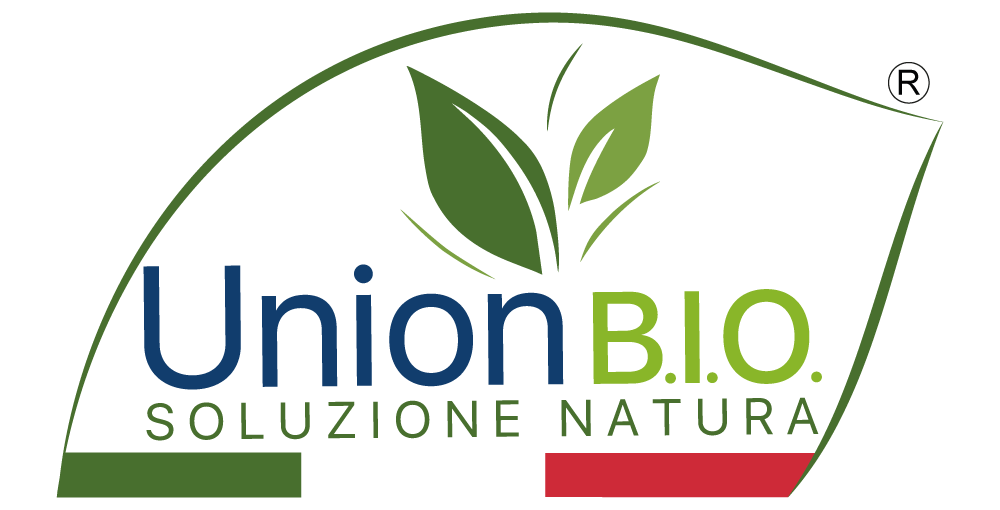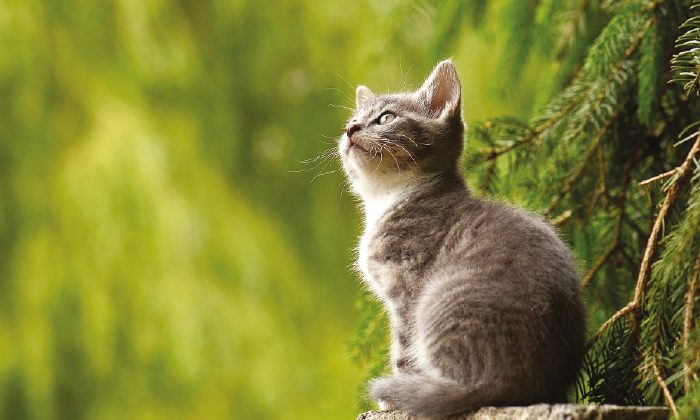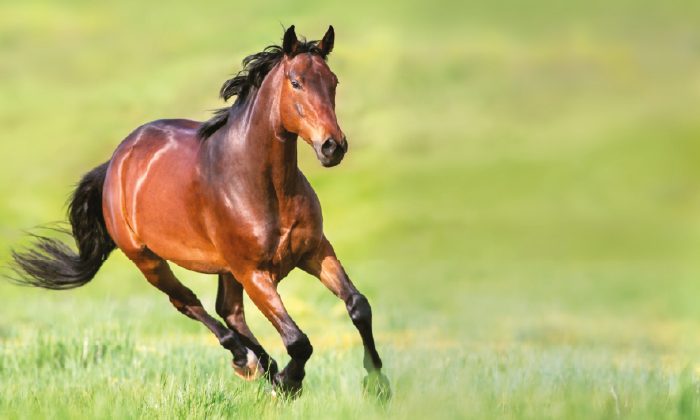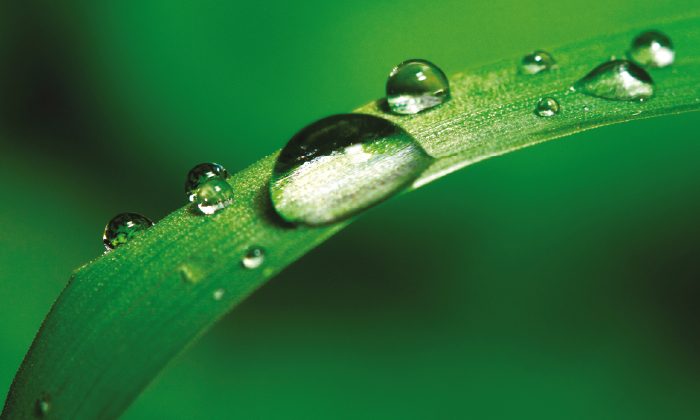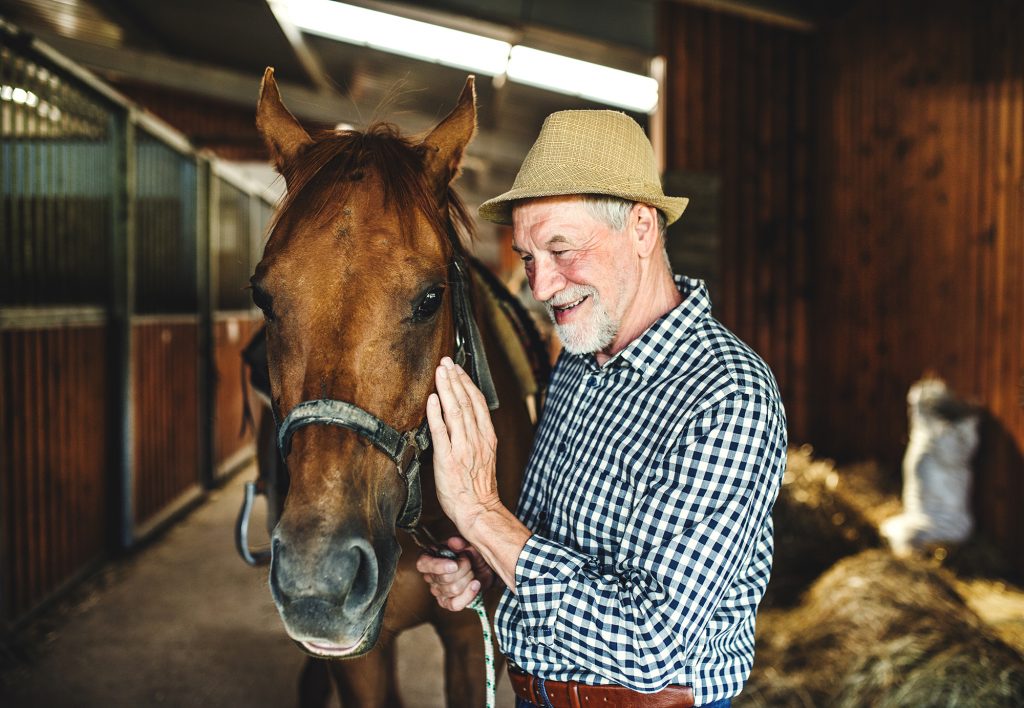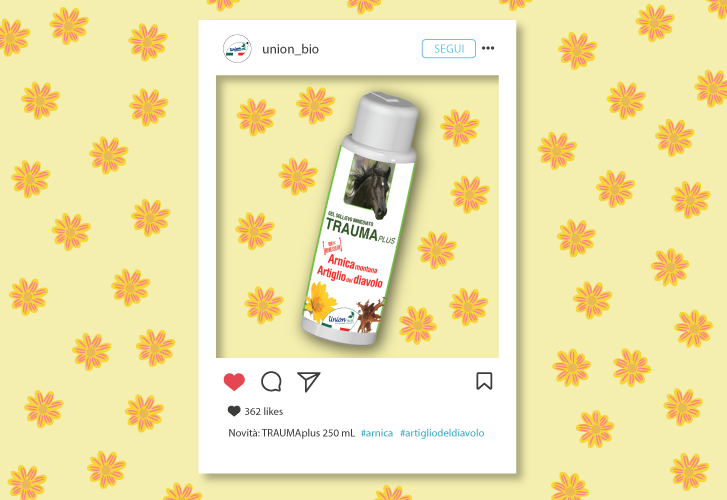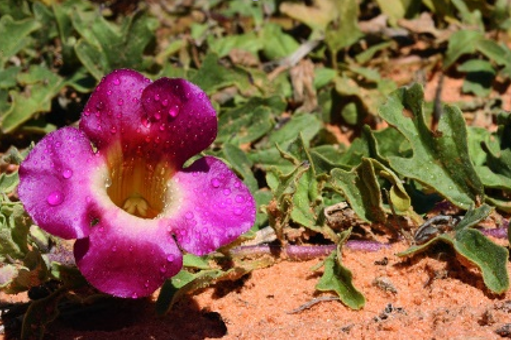It is a perennial plant with rhizomatous root, belonging to the Genzianaceae family which has over 350 species. Color the pastures of the Alps, the Apennines and Sardinia up to 2400 meters high. It has an erect and slender stem, oval, ribbed and very wide leaves, but the characteristic that stands out most to the eye are its flowers, of an intense golden yellow color, star-shaped, gathered in groups from 3 to 10 and arranged at the axil of the leaves. The fruits are oval and contain brownish seeds.
Its name seems to derive from the King of Illyria (Yugoslavia) Gentius, who lived in the 2nd century BC, the first to enhance its therapeutic properties, and from lutea for the yellow color of its flowers.
Drug
the drug is represented by the roots, collected between September and November. In the Italian pharmacopoeia, dry roots must contain not less than 33% of substances that can be extracted in water.
Active principles
bitter substances (gentiopicroside, amarogentine), alkaloids (gentianin), sugars (gentianose, genziobiose and sucrose), pectins, mucilages, tannins, enzymes.
Property
it is a tonic, carminative, cholagogue, choleretic, antipyretic, stomachic, activating the pituitary-cortical adrenal system, immunomodulating, vermifuge.
Internal use
a bitter principle is extracted from the root, genziopicrina, with digestive and febrifugal properties, used to prepare numerous aromatic wines and digestive liqueurs. The decoction is instead useful in case of tiredness, stress, exhaustion, anemia and convalescence. The mother tincture, prepared with the root of the plant, is useful in case of atonic gastric and intestinal dyspepsia and to stimulate the appetite. It is still studied for its hepatoprotective, antiprotozoal and immunomodulating properties.
External use
the decoction can be used externally for enteroclysms against intestinal worms.
Curiosity
blooms for the first time at 10 years of age! In ancient times Pliny recommended it to treat digestive disorders and diseases of the digestive system.
According to popular tradition, the greater gentian is called "panacea of the Alps", as it was introduced in numerous recipes of remedies used in the treatment of contagious diseases and to ensure a long and peaceful life.

WINE OF GENZIANA MAGGIORE
Infuse 10 g of Gentian root in ½ glass of cold water for 12 hours.
Then pour into a bottle together with 1 liter of dry white wine. Leave to rest for 1 week and strain. Consume about ½ glass before main meals to take advantage of its aperitif effect, or after main meals to aid difficult digestion.
WARNING:
Gentiana can be easily confused with white hellebore or white hellebore, highly poisonous plants.
Even the Gentiana however, in high doses, can cause vomiting and disturb digestion. The consumption of fresh root is not recommended, due to the presence of veratrine, a poisonous substance. Use in pregnancy is not recommended.
Being a protected plant throughout the national territory, its possible collection is subject to regional rules for the protection of spontaneous flora. France is currently the largest producer.
It is recommended to use it under expert supervision or in well-studied formulations since improper use can be dangerous.
Union BIO integrates the extract of Gentiana synergistically with other plant extracts, in a complementary feed intended for horses and useful for a natural and integrated therapy to protect the skin during summer dermatitis.
No BITE THERAPY immunomodulator, in addition to strengthening the immune defenses, is eliminated from the skin through sweating, thus creating an unpleasant aromatic barrier to insects.
CTS Union BIO
Photo: Andrea slider, have an attitude, Biodiversity Heritage Library, Col ford and natasha de ve.
